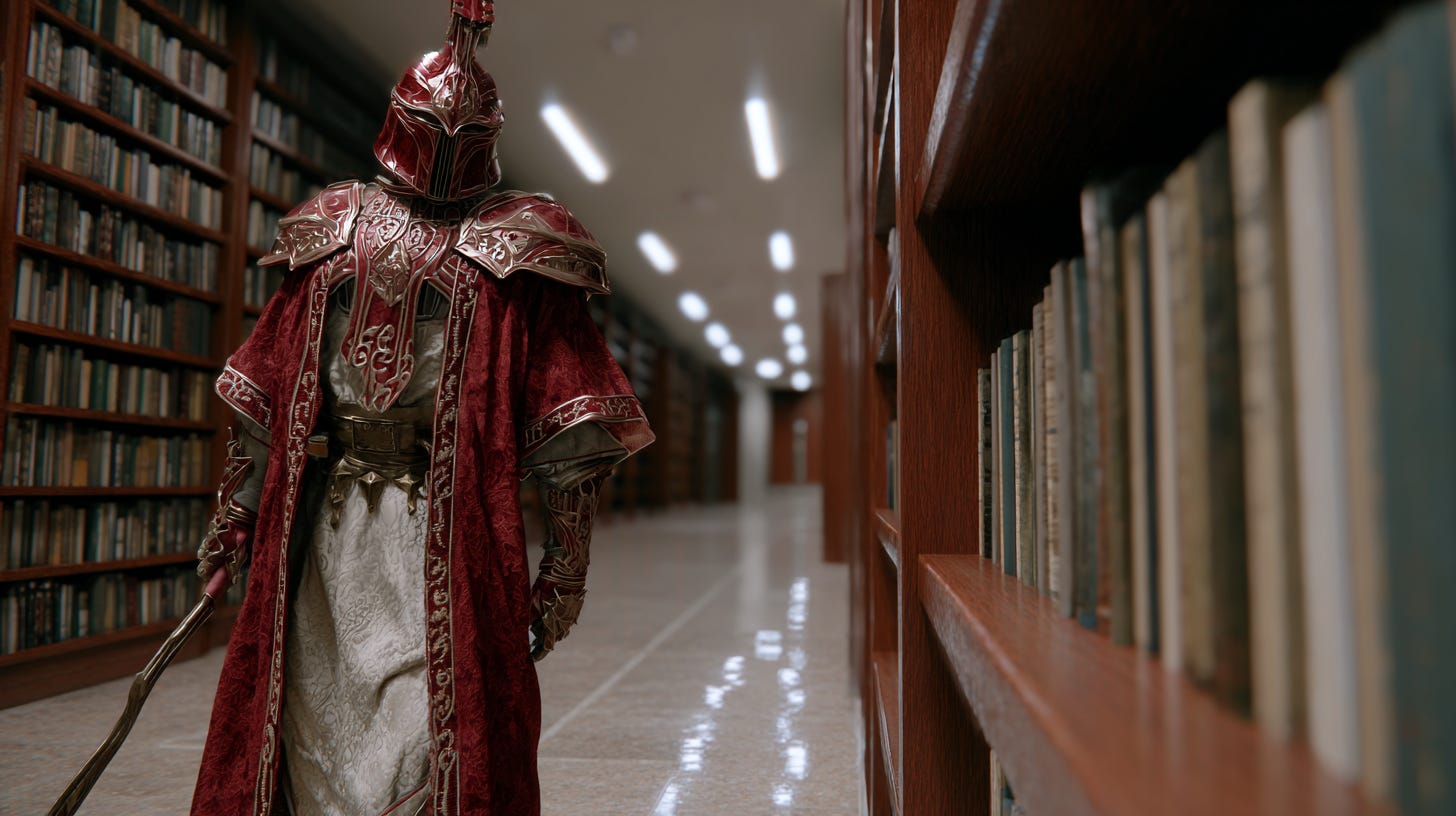Midjourney Beginners #10: Understanding Midjourney archetypes
The secret to shorter prompts and better results
“Midjourney Beginners” is a series of articles written for readers who are just getting started with Midjourney.
Anyone can make beautiful images with a few simple steps.
No complicated things here.
A fundamental concept
Midjourney has always encouraged shorter prompts. The platform even introduced a Discord command (/shorten) in earlier versions to help users trim down their lengthy descriptions (though it's mostly obsolete now).
While V7 allows for longer prompts than before, that doesn't mean longer is always better. The real skill lies in knowing which words carry the most visual weight.
That's where understanding Midjourney archetypes becomes essential. They're your key to nailing down complex visuals using just a few carefully chosen words.
What exactly are Midjourney archetypes?
Archetypes function as Midjourney's built-in visual vocabulary.
Type "doctor" and you're not just getting a random person in medical clothes. You're accessing everything the system associates with that concept: white lab coats, stethoscopes, hospital settings, examination rooms, clinical environments.
Instead of writing "a person wearing a white lab coat with a stethoscope around their neck standing in a hospital room with medical equipment in the background," you can simply type "doctor" and get all those elements automatically.
Archetypes are similar and different from visual keywords. Archetypes related to a profession will automatically draw in concepts, subjects, objects, elements, colors, mood, etc. related to the profession, and you could probably guess what things it associates with.
Keywords, especially intangible ones like "intelligent," may not readily have visual associations that you can predict what the system will create.
Why archetypes matter more than word count
Even with V7's expanded prompt capacity, efficiency still wins. Compare these approaches:
Inefficient but detailed: "A person wearing a white lab coat, holding a stethoscope, standing in a medical examination room with medical charts on the wall, fluorescent lighting, and clinical equipment visible in the background"
Efficient with archetypes: "Doctor"
Both prompts generate remarkably similar images. The difference? The second one uses Midjourney's built-in associations instead of fighting against them.
Powerful archetypes that pack visual punch:
Teacher brings classroom, books, pointer, chalkboard, academic atmosphere
Chef brings kitchen, white uniform, chef's hat, cooking utensils, restaurant setting
Librarian brings books, glasses, quiet atmosphere, organized shelves, reading environment
Warrior brings armor, weapons, battle-ready stance, dramatic lighting



